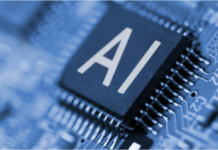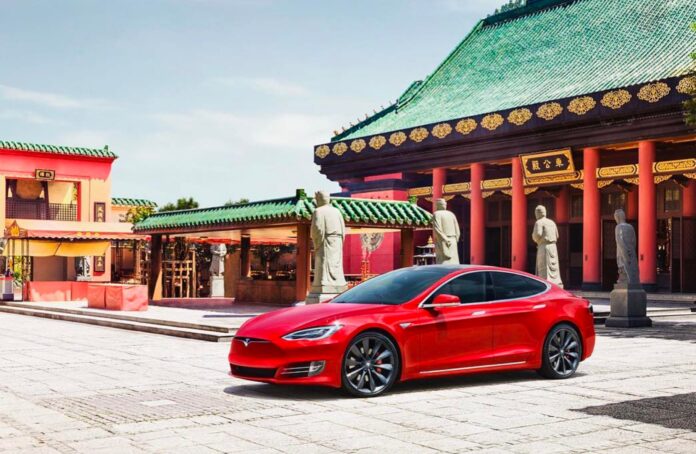Tesla released an update to its autopilot software in China on Tuesday, introducing a city navigation feature.
However, the update did not meet expectations as customers noted it lacked key features previously promised.
The new capabilities include automatic lane changes based on speed and route, traffic light detection at intersections, and an in-car camera to monitor driver attention. While the update brings features similar to Tesla’s “Full Self-Driving” (FSD) system, it remains less advanced than the version available in the United States.
Tesla acknowledged the challenges in expanding its technology in China but reiterated its commitment to improving the driving experience.
“We recognize the importance of adapting our technology to local road conditions and regulations, and we are working diligently to expand our Full Self-Driving capabilities in China,” the company said in a statement. “Our goal remains to bring the safest and most advanced driver-assistance technologies to all Tesla owners while ensuring compliance with local requirements.”
The company has faced delays in rolling out full Autopilot and FSD systems in China due to technology restrictions from both U.S. and Chinese authorities. The system was initially expected by the end of 2024 but has now been postponed.
Customers in China expressed frustration over the limited scope of the update, especially as domestic competitors offer similar or more advanced smart-driving systems at lower prices.
Chinese automakers, including BYD, Xiaomi, and Huawei, have expanded their smart-driving technologies, with some offering city navigation features at no additional cost. Xiaomi’s SU7 electric sedan, priced lower than Tesla’s Model 3, includes an advanced driver-assistance system for free, while BYD now provides autonomous-driving features across most of its models.
Tesla continues to charge nearly $9,000 for a limited version of its FSD software in vehicles priced from $32,000. The latest update aligns with the mid-tier version of BYD’s “God’s Eye” system, which uses lidar and advanced computing for obstacle navigation and is available in its premium and high-end models.
Efforts to bring full FSD functionality to China remain complicated by regulatory challenges. While Tesla is seeking approval to expand its system, existing regulations require only level-two driver-assistance systems to be registered with authorities. More advanced level-three and above systems need additional regulatory clearance.
Data restrictions in China also pose a hurdle for Tesla. The company has been working on plans for a local data center to train autonomous driving algorithms, as current laws limit the transfer of vehicle data abroad. “As part of this effort, we continue to engage with regulators and invest in data solutions that support the long-term development of autonomous driving,” Tesla said.
The company has instead been using publicly available street footage to improve its AI models.
























